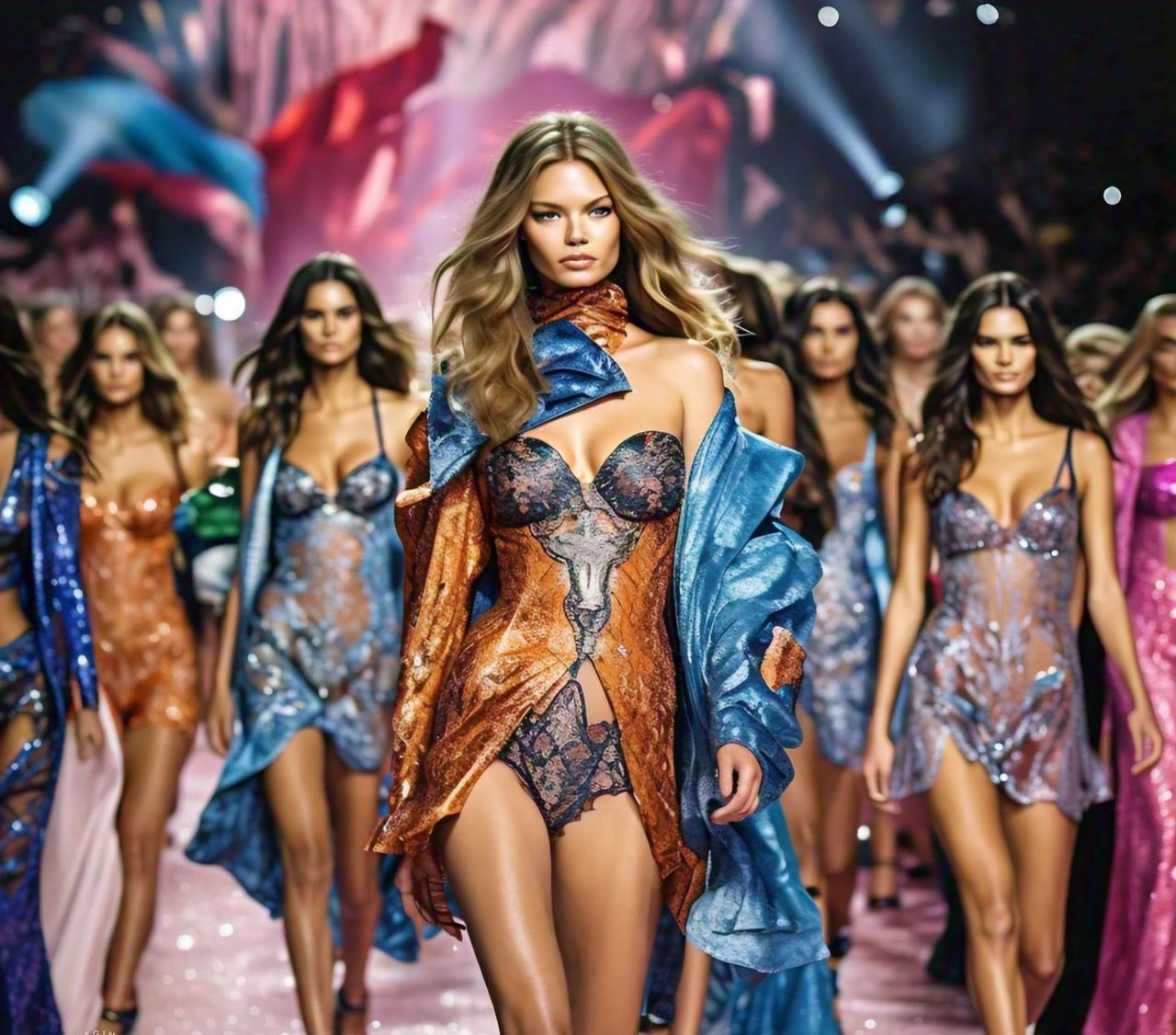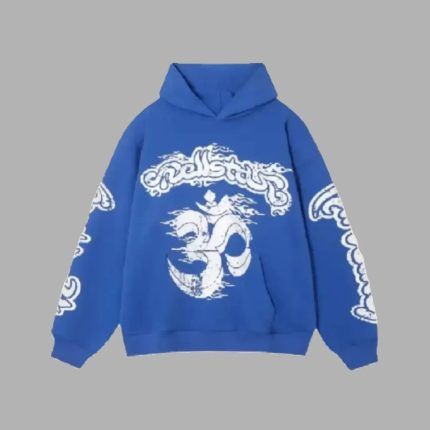what Victoria’s Secret Fasion A Legacy of Glamour, Transformation,
Victoria’s Secret has long been synonymous with luxury lingerie, glamorous models, and extravagant fashion shows. The brand’s iconic Victoria’s Secret Fashion Show, once one of the most anticipated events in the fashion world, turned its models into superstars and elevated lingerie into high fashion. But beyond the glitter and glam, the Victoria’s Secret fasion journey is also one of reinvention, public scrutiny, and evolving beauty standards.
This article explores the rise of Victoria’s Secret, its fashion evolution, the iconic fashion shows, the controversies that reshaped the brand, and its recent efforts to adapt to a changing world.
https://storiessphere.xyz/category/business/
The Rise of Victoria’s Secret Lingerie Meets High Fashion
Victoria’s Secret was founded in 1977 by Roy Raymond to create a lingerie store where women (and men shopping for women) would feel comfortable. The idea was simple: transform the often clinical and uncomfortable shopping experience for lingerie into something elegant and luxurious. This concept struck a chord with consumers, and by the 1990s, Victoria’s Secret had become the go-to brand for lingerie, expanding into nightwear, beauty products, and more.
During the 1990s, Victoria’s Secret began to carve out its identity in the fashion world. Its lingerie moved beyond practical undergarments to statement pieces that were both seductive and glamorous. By positioning its lingerie as a fashion statement, Victoria’s Secret tapped into a growing consumer desire for luxury items that felt both personal and empowering.
The Victoria’s Secret Fashion Show: A Spectacle of Extravagance
No discussion of Victoria’s Secret fashion would be complete without mentioning the Victoria’s Secret Fashion Show, an annual event that became a global spectacle. First held in 1995, the show quickly became one of the most-watched fashion events in the world. Known for its elaborate sets, sparkling lingerie, and supermodels strutting the runway in angel wings, the show was broadcast to millions of viewers across the globe.
Each year, the event featured “Victoria’s Secret Angels,” a select group of models who embodied the brand’s image of beauty, glamour, and confidence. Famous faces like Tyra Banks, Heidi Klum, Gisele Bündchen, Adriana Lima, and Alessandra Ambrosio rose to fame through their work with Victoria’s Secret, with some becoming household names. Their status as “Angels” meant more than just modelling; it signified a pinnacle of beauty and desirability in the fashion industry.
The fashion show was much more than just a runway display. It became known for its musical performances by top artists such as Taylor Swift, Rihanna, and Justin Timberlake, who performed alongside the models, elevating the event to a full-scale entertainment spectacle. The show also became famous for its “Fantasy Bra,” an annual design worn by a selected Angel, made with precious stones and valued at millions of dollars.
Iconic Fashion Elements of Victoria’s Secret
Victoria’s Secret set trends and raised the bar for lingerie design with its distinct blend of elegance, seduction, and playfulness. Here are some of the fashion elements that defined the brand’s aesthetic:
- The Victoria’s Secret Angel Wings: Perhaps the most iconic feature of the Victoria’s Secret Fashion Show, the oversized angel wings were worn by models and became a symbol of the brand’s blend of fantasy and fashion. These wings ranged from delicate, feathered designs to enormous, glittering creations that were often larger than the models themselves.
- The Fantasy Bra: Introduced in 1996, the Fantasy Bra became a highlight of the Victoria’s Secret Fashion Show. Each year, a different model was chosen to wear the heavily bejewelled bra, which was often priced in the millions. These bras were more art pieces than functional garments, often featuring diamonds, sapphires, and other precious gems.
- The “Bombshell” Aesthetic: Victoria’s Secret became known for promoting a particular body type and look that many dubbed the “bombshell” aesthetic. This look featured voluminous hair, bronzed skin, and a slim, toned physique, which became the brand’s signature style. The models often embodied a hyper-feminine ideal of beauty—strong, sexy, and unattainably perfect.
- Extravagant Lingerie Designs: Beyond the iconic bras and wings, Victoria’s Secret was celebrated for its intricate lingerie designs. From lace teddies to push-up bras with heavy embellishments, the brand consistently pushed the boundaries of what lingerie could look like. It combined comfort with fashion-forward designs, merging practicality with sensuality.
Controversies and Changing Beauty Standards
While Victoria’s Secret dominated the lingerie market and redefined lingerie as a form of fashion, it also faced significant criticism, particularly in the 2010s, as global beauty standards shifted. The brand was increasingly seen as promoting an unrealistic and narrow standard of beauty, one that revolved around thin, tall, predominantly white models.
Lack of Diversity
One of the major criticisms directed at Victoria’s Secret was its lack of diversity in terms of body size, ethnicity, and representation of different gender identities. The models walking in the fashion shows and the imagery used in its campaigns reflected a very narrow and traditionally “Western” standard of beauty. In an era where more brands began celebrating body positivity, inclusivity, and representation, Victoria’s Secret lagged, appearing out of touch with modern consumer values.
The 2018 Interview and Backlash
In 2018, Ed Razek, the former Chief Marketing Officer of L Brands (the parent company of Victoria’s Secret), sparked outrage with controversial remarks in an interview with Vogue, where he expressed resistance to featuring plus-size or transgender models in the fashion show. He argued that Victoria’s Secret was selling a “fantasy,” which he believed did not align with more inclusive casting choices. These comments were met with immediate backlash, leading to boycotts and public criticism from body positivity advocates and the wider fashion industry.
The brand was criticized not just for its exclusivity but for promoting outdated beauty ideals that felt out of step with a growing movement toward diversity and inclusivity in fashion. In response to the backlash, Razek later apologized, but the damage was already done, and the brand’s image suffered.
Decline of the Victoria’s Secret Fashion Show
In 2019, Victoria’s Secret announced that it would no longer be holding its annual fashion show, citing a need to rethink how it communicated with its audience. While the official reason was linked to falling TV ratings and shifts in consumer behaviour, many speculated that the decision was also a response to growing criticism of the brand’s narrow beauty standards and lack of inclusivity.
The cancellation of the fashion show marked the end of an era, but it also signalled an opportunity for the brand to evolve.
Victoria’s Secret Rebrands: Embracing Change
In recent years, Victoria’s Secret has acknowledged the need to reinvent itself and keep up with the changing fashion landscape. To shed its reputation for exclusivity, the company made significant changes:
- Expanding Size Range: Victoria’s Secret expanded its size offerings, making its lingerie more accessible to women of all body types. This move was seen as a step toward embracing body positivity, which had become a dominant cultural conversation.
- New Faces, New Voices: In a significant departure from its previous branding, Victoria’s Secret ended its Angel program in 2021. Instead of focusing on supermodels, the company launched the VS Collective, a group of women from diverse backgrounds, including athletes, activists, and entrepreneurs. This collective includes figures like soccer star Megan Rapinoe and actress Priyanka Chopra Jonas, who represent a broader range of body types, interests, and experiences.
- Focus on Inclusivity: Victoria’s Secret has made efforts to reflect a more inclusive vision of beauty in its advertising, featuring models of different body sizes, ethnicities, and gender identities. The shift represents a conscious effort to align with a more modern, diverse, and socially conscious consumer base.
Conclusion: The Evolution of Victoria’s Secret Fashion
Victoria’s Secret, once the reigning symbol of glamour and femininity, has undergone a significant transformation. From its early days of iconic fashion shows, the brand became a cultural phenomenon that influenced how lingerie was perceived. However, as beauty standards and societal expectations evolved, the brand faced criticism for its narrow definition of beauty.
Today, Victoria’s Secret is in the midst of a rebranding effort, attempting to adapt to a more inclusive and body-positive world. While it remains to be seen how successful the brand’s transformation will be in the long run, one thing is clear: Victoria’s Secret has played a pivotal role in shaping fashion, beauty, and cultural ideals for decades, and it continues to evolve in response to changing times.







Post Comment